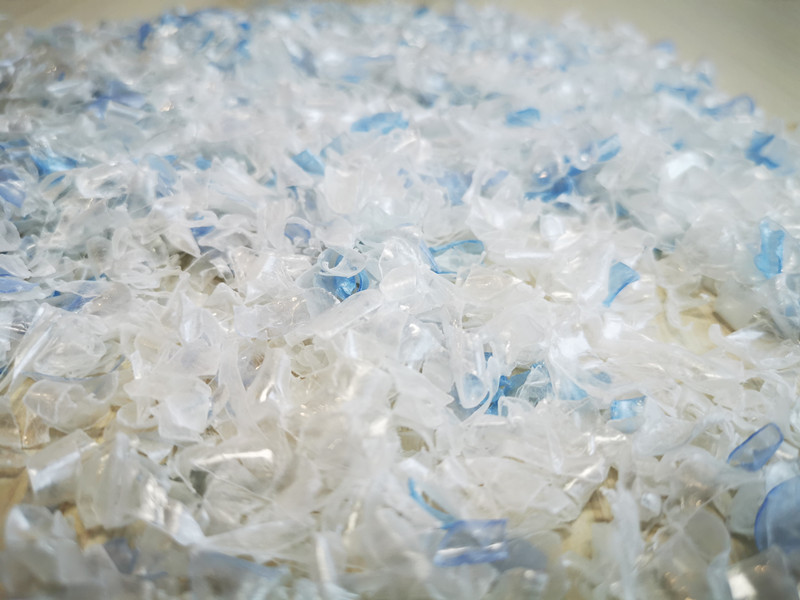How can I ensure the recycled PET flakes I purchase meet industry standards and regulations?
When purchasing recycled PET flakes, ensuring their quality and compliance with industry standards and regulations is essential to maintain product performance and sustainability. Here are some steps you can take to ensure the recycled PET flakes you buy meet the required standards:
1. Choose Reputable Suppliers: Work with reputable suppliers who have a track record of producing high-quality recycled PET flakes and have certifications that demonstrate their commitment to quality and compliance.
2. Check Certifications and Accreditations: Verify if the supplier has relevant certifications and accreditations, such as ISO 9001 (Quality Management System) and ISO 14001 (Environmental Management System). These certifications indicate the supplier's adherence to quality control and environmental management practices.
3. Ensure Compliance with FDA and Food Contact Regulations: If you intend to use the recycled PET flakes in food packaging or containers, ensure they meet the regulations set by the Food and Drug Administration (FDA) or equivalent regulatory authorities in your region. The flakes should be safe for food contact and free from harmful contaminants.

4. Analyze Material Properties: Request material data sheets from the supplier detailing the properties of the RPET flakes, including melt flow index, intrinsic viscosity (IV), moisture content, and color specifications. These properties should align with the intended application.
5. Request Test Reports and Quality Documentation: Ask the supplier to provide test reports and quality documentation that demonstrate the flakes' compliance with relevant industry standards. These reports should include testing for physical properties, chemical composition, and any other relevant parameters.
6. Conduct On-Site Inspections (if possible): If feasible, visit the supplier's facility to inspect their manufacturing process and quality control measures. Observe the handling, storage, and testing procedures to assess their commitment to maintaining quality.
Additional reading:The Efficiency and Environmental Benefits of Plastic Crusher Machines
Polypropylene Sheet: A Versatile and Sustainable Solution for Diverse Applications
PP Tarpaulin: The Versatile and Reliable Protective Covering
Benefits of using PE surface protection film
Advantages of Polyurethane Screen Panels in Screening and Separation Processes
Key Considerations When Choosing Rubber Stoppers
What is the difference between MDPE and HDPE gas pipe?
7. Perform In-House Testing: Conduct in-house testing on a sample of the purchased recycled PET flakes to validate their quality. You can assess properties like melt flow, tensile strength, and color consistency. Compare the results with the supplier's specifications.
8. Seek References and Reviews: Reach out to other customers who have purchased recycled PET flakes from the same supplier. Request feedback on the quality, consistency, and compliance of the supplied materials.
9. Understand the Supply Chain: Inquire about the supplier's supply chain and ensure that they source post-consumer PET bottles responsibly. Ethical sourcing practices can impact the overall quality and environmental impact of the recycled PET flakes.
10. Be Mindful of Pricing: While competitive pricing is important, extremely low prices may indicate compromised quality or non-compliance with industry standards. Balance cost considerations with the assurance of meeting quality requirements.
By following these steps and being diligent in your supplier selection process, you can ensure that the recycled PET flakes you purchase meet the necessary industry standards and regulations. This will not only safeguard the performance of your products but also contribute to sustainable and responsible business practices.
RPET: Transforming Plastic Waste into Sustainable Solutions
How do you recycle plastic lotion bottles?
If you are interested in sending in a Guest Blogger Submission,welcome to write for us!




Comments
0